Tutorial to develop the one-arm elbow lever. Prerequisites, progressions, combinations, and training plans are discussed. Note that this tutorial's videos were filmed after about one year of not training the skill, so the suggested combinations are not shown, as I can't do them smoothly anymore.
The OAEL requires basic strength and balance skills, which can be satisified by the following prerequisites:
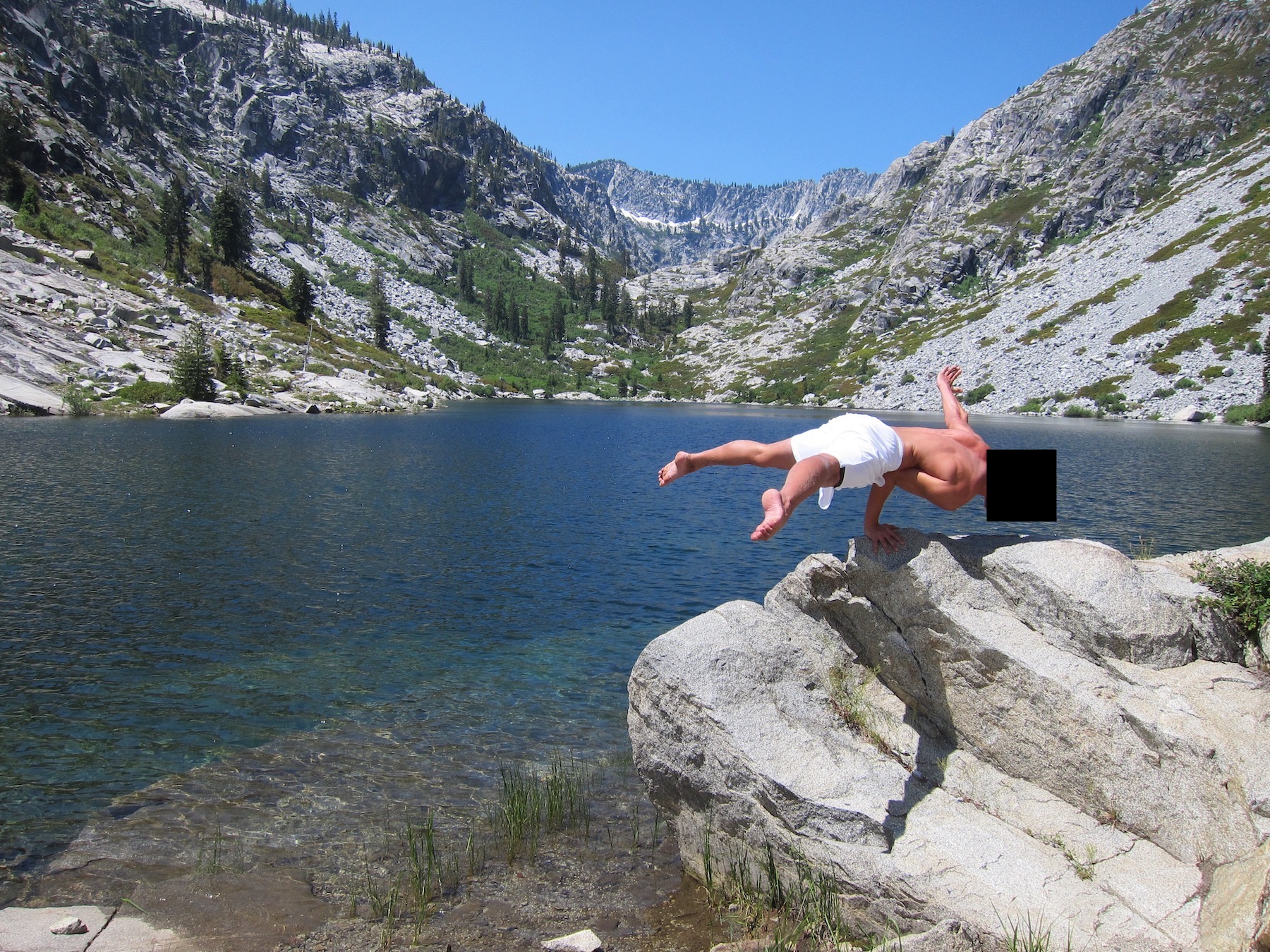
I've found it easiest to use the corner of a ledge (preferable) or ledge to train OAEL. It's easier to grasp and correct balance. The floor gives you less grip and less correction abilities. However, practicing on the floor will make you better on ledges/other surfaces, but not vice versa.
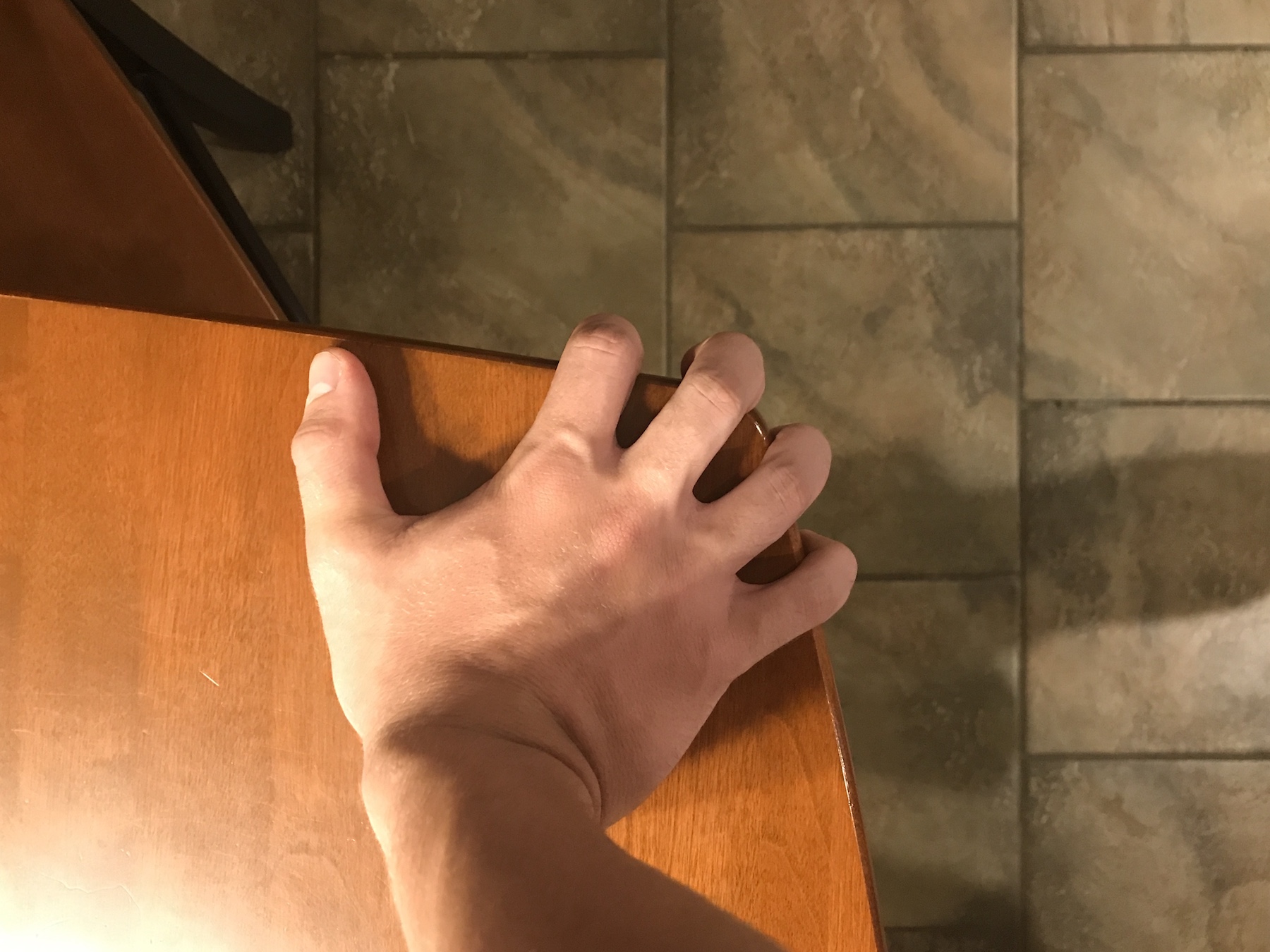
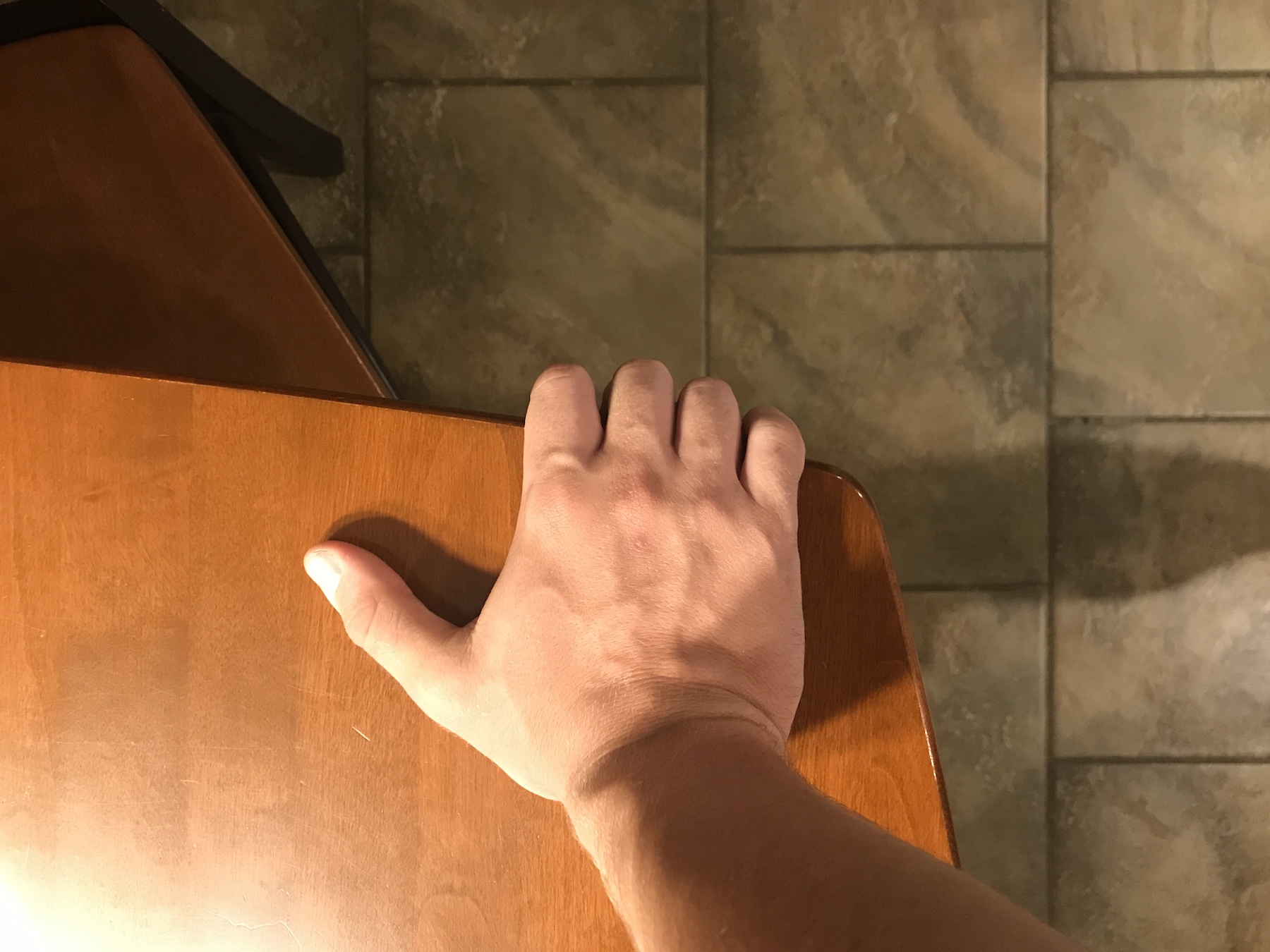
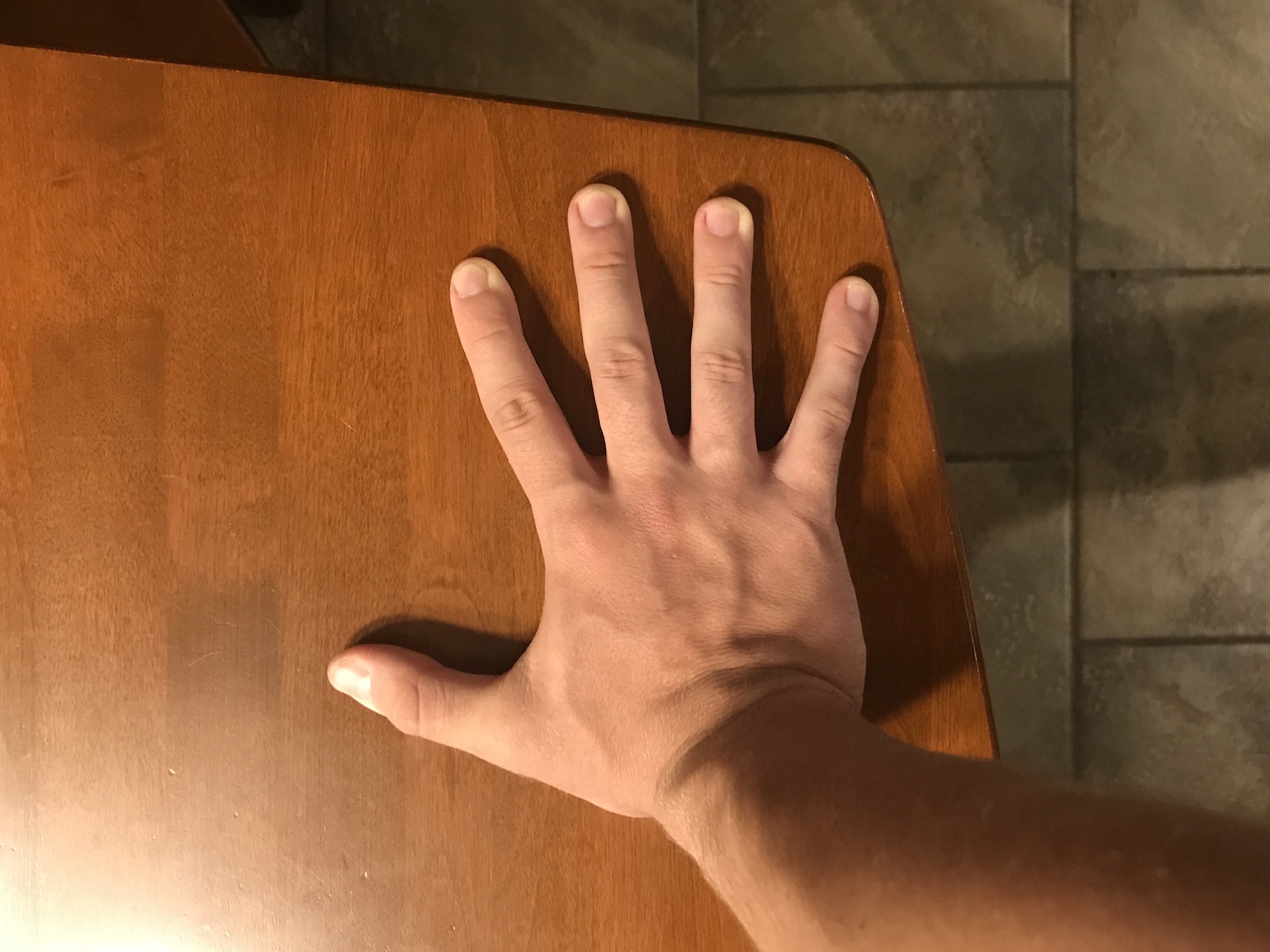
Where your elbow "stabs" is one of the most important parts of the OAEL. Too close to your abs and it's awkward, too far and you're close to queda de rins due to the torso rotation required for balance.
Pictures found here. Not loading on web for some reason.
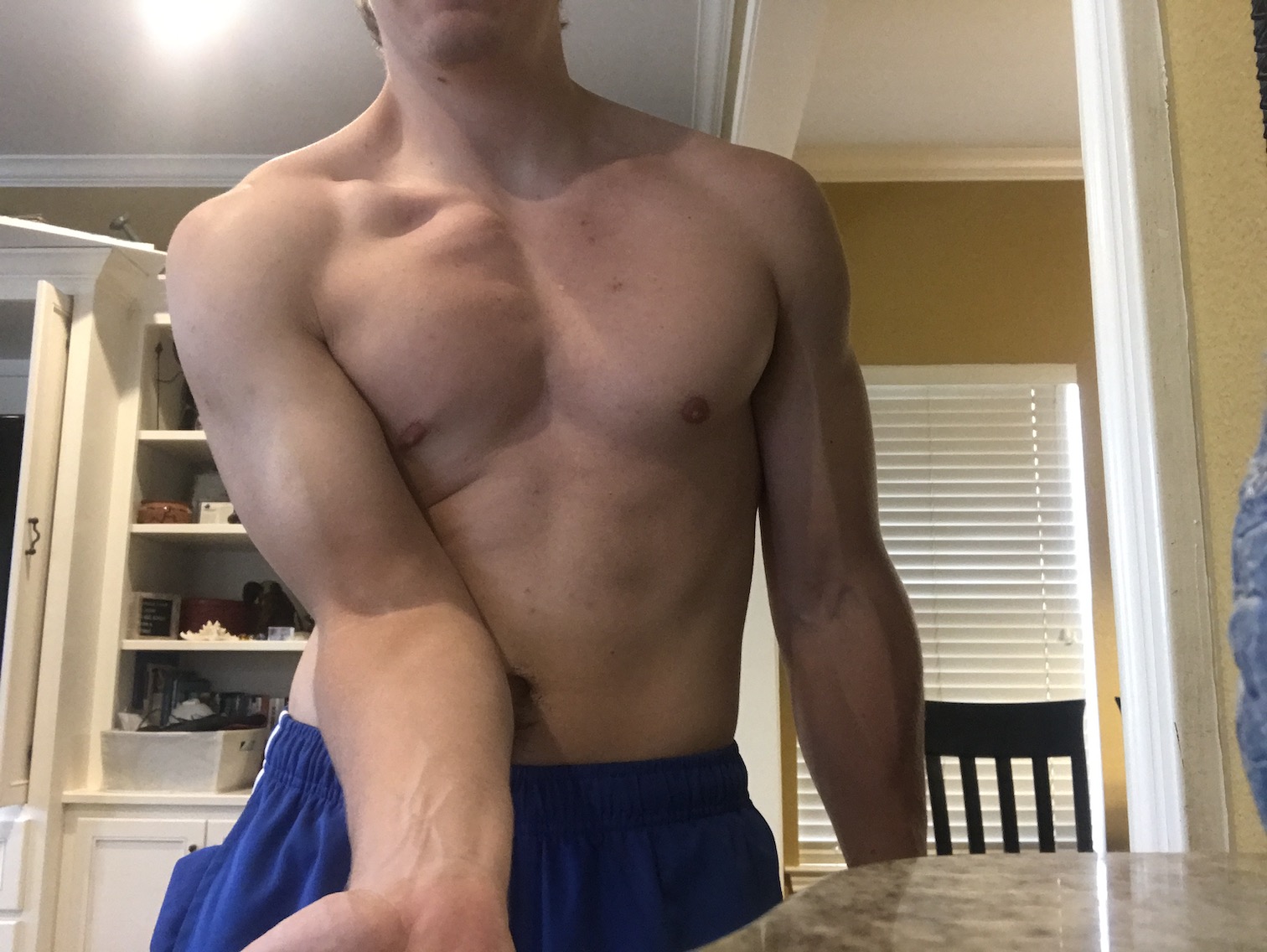
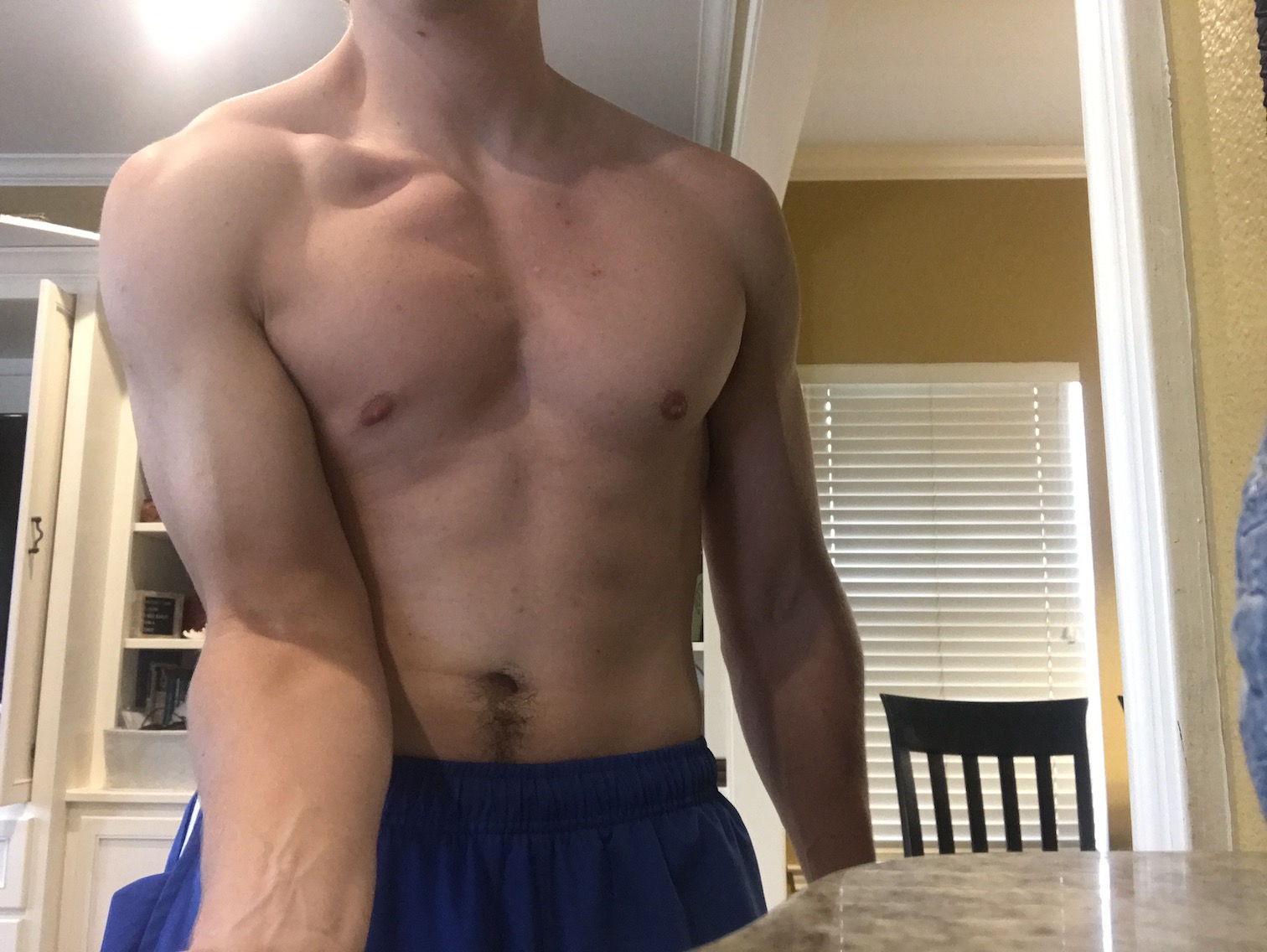
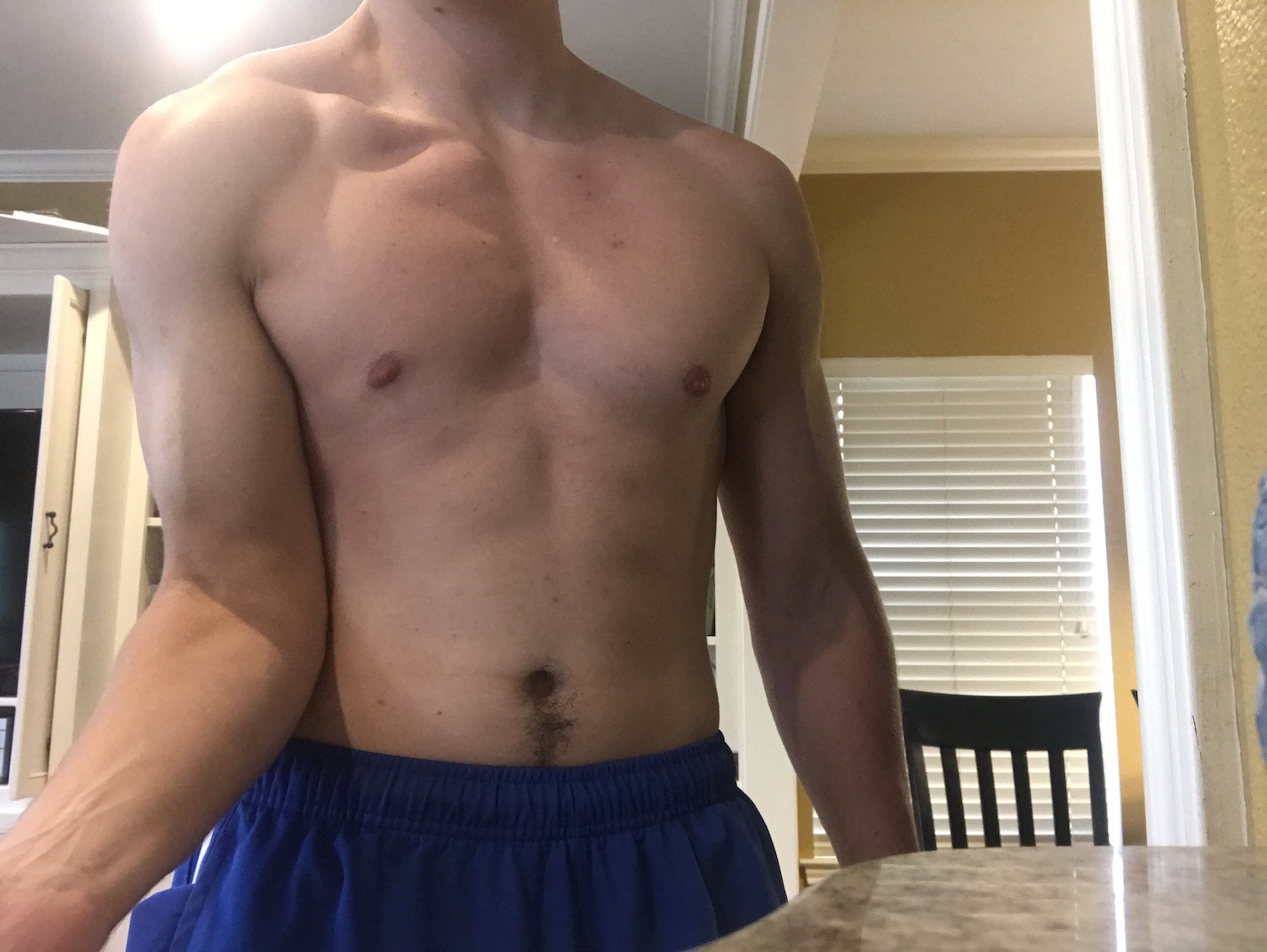
Balancing is achieved through the adjustment of body parts. The wrist, legs, and non-working arm all contribute to the equilibrium of weight that balance requires. At first the tendency will be to move your arms and legs almost to the point of flailing, but once you get it under control the movements are minimal and most of the balance comes from the wrist. This is why developing a handstand prior to training this is so helpful—the ability to adjust balance using the wrists is crucial.
To move on from a progression, you should achieve 3-5x30s in a single session with an easy to moderate effort.
While in normal straddle EL, slowly shift weight to one side. Eventually no weight will be resting on the other arm and it will be free to lift. Note the entire body—torso and legs—are shifting, rather than just one. While the video's angle is poor, the left arm is obviously out from under the torso where it was initially stabbing.
Once the non-working arm isn't supporting weight, you can use your fingers to assist in balancing. The progression goes as follows:
The fingers should focus on helping balance, not supporting weight. (This same principle applies to any one-arm balance exercise, like HS or air baby.) I prefer to keep the arm out wide, as there is less ability to support weight.
After you can correctly hold the one finger (only pinky) progression for 3-5x30s, unassisted holds are within reach. Get into the same position as with the pinky assist, but lift your pinky slightly off the floor. If you feel yourself losing balance you can touch with the pinky to save the hold.
There are three progressions:
Combinations can be used after the unassisted holds have been mastered. These are more difficult because the weight is constantly moving, causing constant rebalancing in many directions.
Examples include:
OAEL can be done while spinning around the working arm's axis:
OAEL can be entered from OAHS and vice versa:
With skills involving balance, practicing as frequently as possible and with the best form is key. Progress will be significantly greater if you practice 5 day/week for 30 min than 1 day/week for 150 min.
I suggest doing these in a standalone session. Practicing after a strength session may cause poor form due to muscle fatigue and ingrain incorrect movement patterns. See below for specific levels of practice. All sessions should begin with a wrist warm-up.